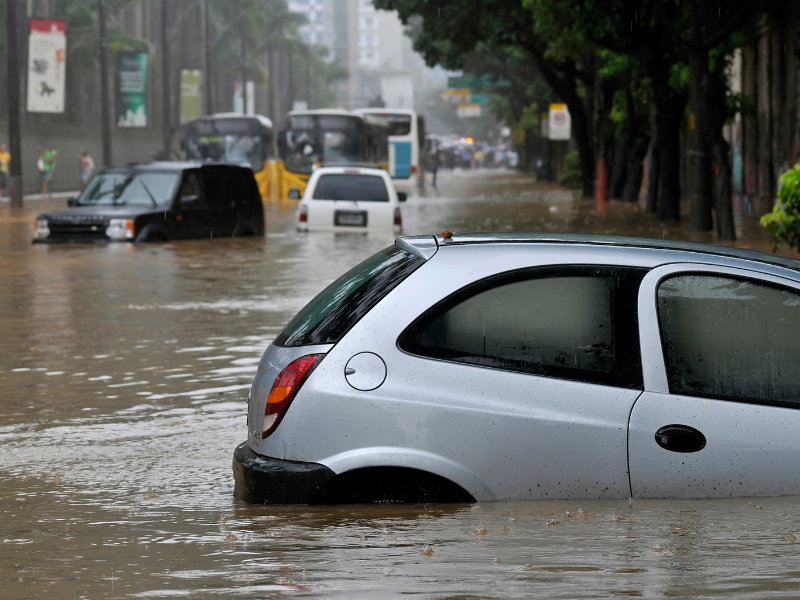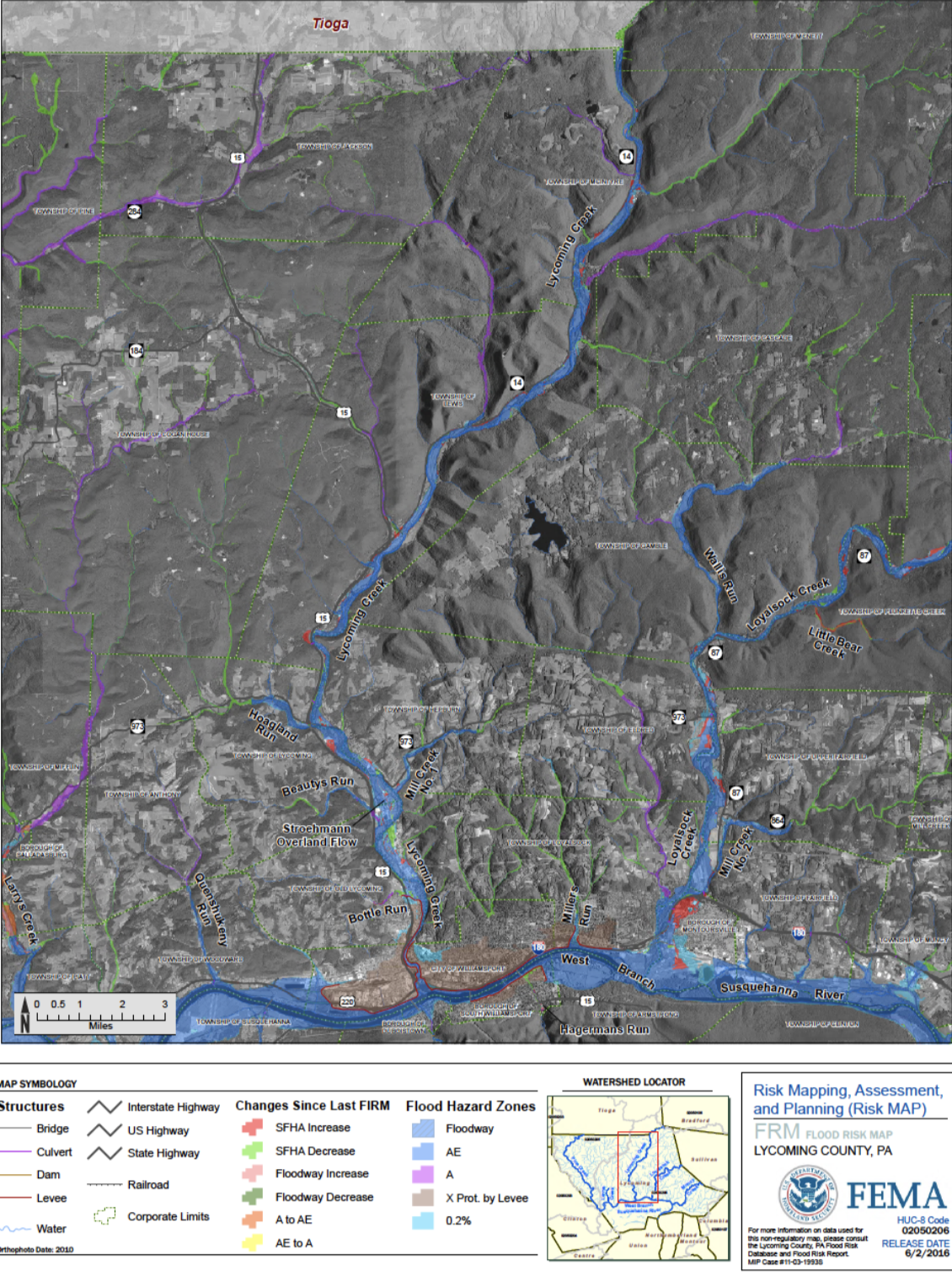Flooding is one of the most common natural disasters in the United States. It can occur due to prolonged rainfall or even within minutes. Understanding your flood risk and knowing how to prepare and respond is essential for safety.
Understanding Your Flood Risk
Flood risk depends on factors like rainfall, river flow, tidal surge, and local topography. To determine your flood risk, use tools like the interactive flood risk maps provided by the Federal Emergency Management Agency (FEMA).
Preparing for a Flood
- Avoid building in floodplains unless you elevate the structure.
- Elevate critical utilities like the furnace, water heater, and electric panel.
- Use instant sandbags and waterproofing materials to protect your home.
- Build barriers to prevent floodwater from entering your building.
What to Do During a Flood

- Stay updated on evacuation alerts via radio or TV.
- If time permits, turn off utilities like gas and electricity before leaving.
- Avoid walking or driving through six inches of water or more.
- Have a survival kit ready for quick evacuations.
What to Do After a Flood
- Inspect buildings for stability before entering.
- Avoid receding floodwaters, which may contain contaminants.
- Disinfect items that got wet to remove potential sewage or chemical contamination.
- Stay informed through news updates to ensure safety.
Cleaning and Repairing Your Home
North Dakota State University provides helpful resources for rebuilding after a flood.
| Inspecting the Outside | Entering the Home | Drying Out |
| Mechanical Systems | Electrical Issues |
Share Your Suggestions
Have you experienced flooding? Share your tips and strategies to help others prepare and recover. Your advice could make a difference!















